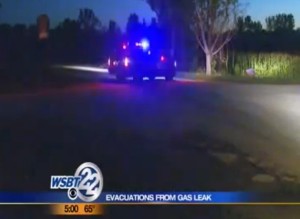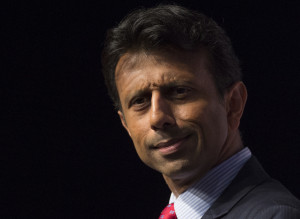In 2005, Utah set out to fix a problem that’s often thought of as unfixable: chronic homelessness. The state had almost two thousand chronically homeless people. Most of them had mental-health or substance-abuse issues, or both. At the time, the standard approach was to try to make homeless people “housing ready”: first, you got people into shelters or halfway houses and put them into treatment; only when they made progress could they get a chance at permanent housing. Utah, though, embraced a different strategy, called Housing First: it started by just giving the homeless homes.
Handing mentally ill substance abusers the keys to a new place may sound like an example of wasteful government spending. But it turned out to be the opposite: over time, Housing First has saved the government money. Homeless people are not cheap to take care of. The cost of shelters, emergency-room visits, ambulances, police, and so on quickly piles up. Lloyd Pendleton, the director of Utah’s Homeless Task Force, told me of one individual whose care one year cost nearly a million dollars, and said that, with the traditional approach, the average chronically homeless person used to cost Salt Lake City more than twenty thousand dollars a year. Putting someone into permanent housing costs the state just eight thousand dollars, and that’s after you include the cost of the case managers who work with the formerly homeless to help them adjust. The same is true elsewhere. A Colorado study found that the average homeless person cost the state forty-three thousand dollars a year, while housing that person would cost just seventeen thousand dollars.














































